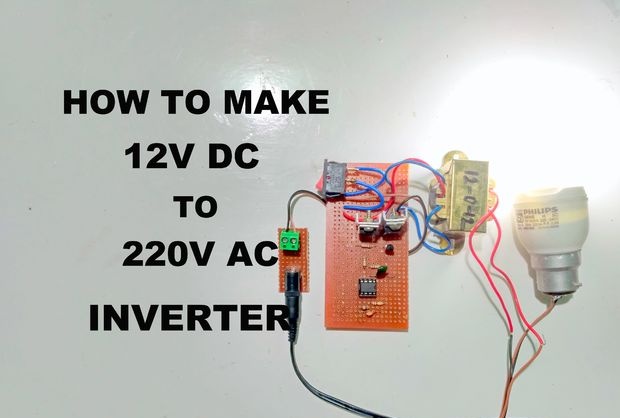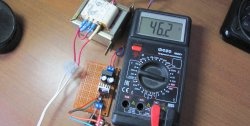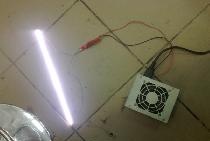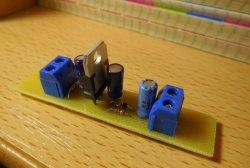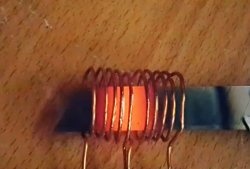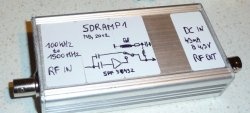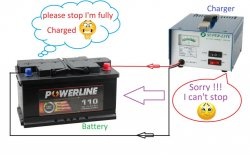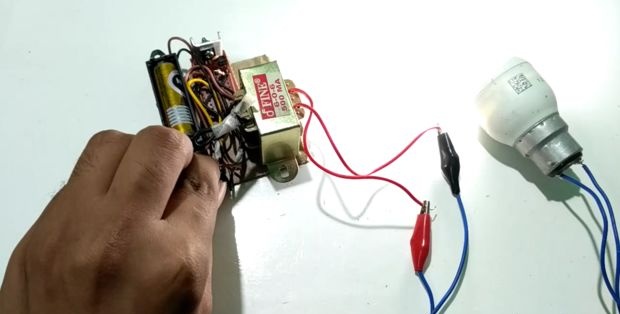
Inverters are needed where it is not possible to connect to a 220 volt network. Inverters are divided into two types: some have a sinusoidal output voltage with a frequency of 50 Hz and are suitable for powering almost any load. Other modified ones have a high output frequency, about 500-10000 Hz and not always a sinusoidal waveform.
Inverters with a sine wave frequency of 50 Hz are expensive, since a large transformer or simulation electronics unit is needed to generate a 50 Hz sinusoidal pulse.
The simplest inverter that we will make belongs to the second group. And it is suitable for powering various switching power supplies, such as a phone charger, an energy-saving light bulb - fluorescent or LED.
Required Components
Transformer 220V – 6V. You can tear it out of an old tape recorder, receiver, etc. or buy here - aliexpress
AA battery case - 1 - aliexpress
Switch - 1 - aliexpress
Printed circuit board - 1 - aliexpress
BC547 transistor (domestic analogue of KT3102, KT315) - 1 - aliexpress
BD140 Transistor with radiator (domestic analogue of KT814, KT816) – 1 - aliexpress
Capacitor 0.1 µF – 1- aliexpress
30 kOhm resistor - 1 - aliexpress
Tools:
Soldering iron, if you don’t have it, take it here - aliexpress
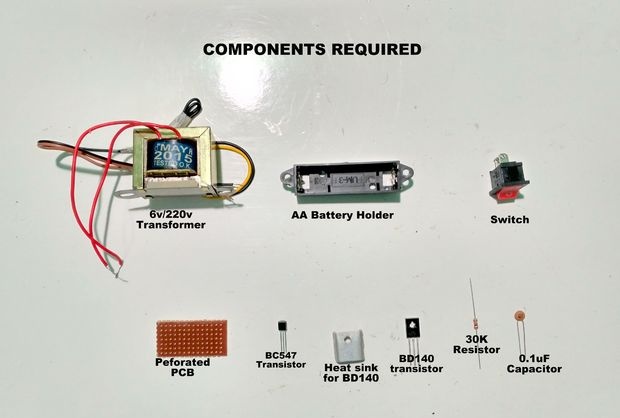
Scheme
Let's start getting acquainted with the inverter with a diagram. This is an ordinary multivibrator based on a composite transistor. The result is a generator at the output of which there is a step-up transformer.
Let's put together a diagram. The board is prototyping, with a lot of holes. We insert the parts and solder them with jumpers according to the diagram.

Checking work
If all components of the circuit are in good working order, and the circuit is assembled without errors, then the inverter starts working immediately and does not need adjustment.
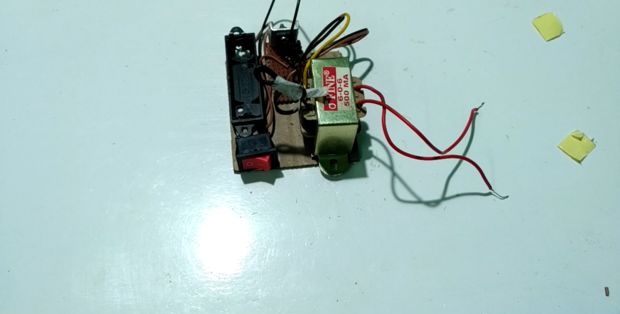

We connect an energy-saving lamp to the inverter output. Insert the battery and close the switch. The light came on.
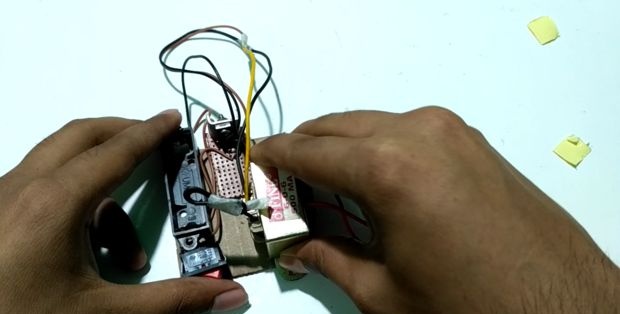
Of course, its brightness is lower than when powered from the mains, but the fact that it operates from a 1.5-volt element is a breakthrough!
Naturally, as everywhere else, the law of conservation of energy applies here. Based on this, it follows that the current in the battery circuit will be several times higher than in the light bulb circuit. In general, the battery must be alkaline, then there is a chance that it will work a little longer.
When installing and working with the inverter, be especially careful, the voltage of 220 volts is dangerous to life. And, believe me, a 1.5 volt battery is enough to give a person a devastating electric shock, and even cause cardiac arrest. As you know, to do this it is enough to pass about 100 mA through a person, which this inverter is quite capable of.
